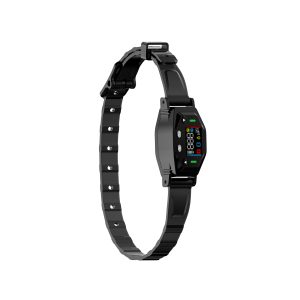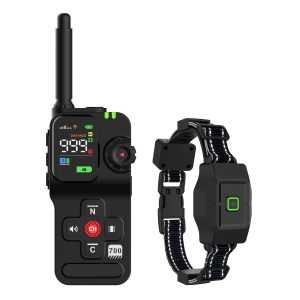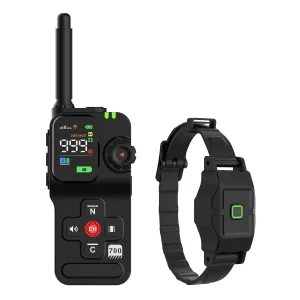The Anatomy of a Bark Control Collar: Unveiling Its Inner Workings
As pet owners seek effective solutions to manage their dog’s barking behavior, bark control collars have gained popularity for their efficiency. These devices come equipped with a variety of parts that work harmoniously to discourage excessive barking. Let’s delve into the components that make up a typical bark control collar.
1. Sensor Module
The sensor module serves as the core component of the bark control collar, detecting your dog’s barking through sound, vibration, or both. This triggers the collar to deliver an appropriate response, such as a warning sound or a mild static correction.
2. Correction Mechanism
Most bark control collars utilize static correction, ultrasonic sound, or citronella spray to deter barking behavior. The correction mechanism is designed to be safe and humane, providing a gentle reminder to your pet to curb excessive barking.
3. Battery & Power Source
To ensure continuous functionality, bark control collars are powered by batteries. Depending on the model, these collars may use rechargeable batteries or disposable ones. It is crucial to monitor the battery life to prevent any interruptions in training.
4. Strap & Buckle
The strap and buckle of a bark control collar are essential for securing the device comfortably around your dog’s neck. It is vital to adjust the strap to fit snugly but not too tight, allowing your pet to wear the collar without causing discomfort.
5. Settings & Controls
Modern bark control collars offer various settings and controls to customize the training experience for your dog. These may include sensitivity levels, correction modes, and sound frequencies. Understanding how to adjust these settings can significantly impact the effectiveness of the collar.
Some bark control collars are equipped with an LED indicator to display the device’s status, such as power levels or correction alerts. This feature helps pet owners stay informed about the collar’s operation and ensures timely maintenance.
For dogs that enjoy outdoor activities, a waterproof casing is crucial to protect the bark control collar from moisture or rain. This feature enhances the durability and longevity of the device, allowing your pet to continue training in various environments.
Although often overlooked, the instruction manual that accompanies a bark control collar is a valuable resource for pet owners. It provides guidance on proper usage, training tips, and troubleshooting techniques. Taking the time to read and understand the manual can significantly enhance the training process.
Before investing in a bark control collar, it is essential to consider the warranty and support offered by the manufacturer. A reliable warranty ensures protection against defects or malfunctions, while accessible customer support can address any inquiries or concerns regarding the device.
Some bark control collars come with comfort pads that cushion the contact points between the device and your dog’s skin. These pads help prevent chafing or irritation, ensuring that your pet remains comfortable while wearing the collar.




